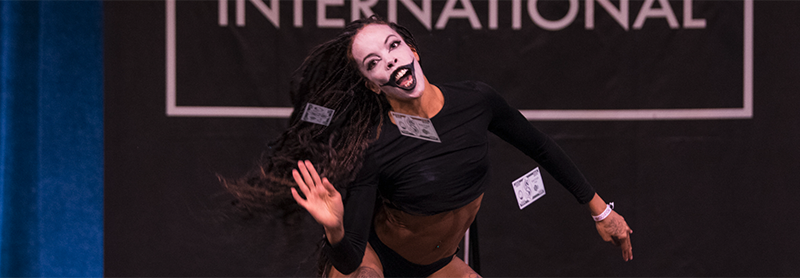So, you’ve been poling for a while, and you want to get some amazing photos…

How to Structure Your Pole Dance Class (Part 2 of 3)
Now that you’ve determined your class ratio and class length (read part 1 here), let’s talk about your offerings on a broader scale: determining if you’d like to run drop in classes or session classes, and what the longer term calendar looks like for your studio.
What are the Pros and Cons of Drop In Classes
Drop in classes allow students, new and old, to do classes whenever their schedules allow.
This option is often easier for students but more challenging for instructors. With inconsistent student attendance, it is more difficult for the instructor to create level-appropriate lesson plans. It also creates stressors around budgeting for studio owners never know when a class will be full or when enrollment will be so low it’s better financially to cancel the class.
The main challenge with drop in classes is the potentially ever-changing student base.
If you are teaching a Level 1 class and every week you get brand new never-touched-a-pole students, you’ll have to go over the fundamental/introductory material every week. If there is a student who has been coming with consistency but isn’t ready to level up, they are very likely going to get too much repetition of material and can get bored.
What are the Pros and Cons of Session Classes
Session classes can start as often as you like, such one class as every 4, 5, or 6 weeks.
There are many benefits to session classes.
Your student base is set for the length of the session, meaning you know how many people will be in each class for that span of time. This can simplify budgeting. It also means instructors know who will be in each class and can lesson plan with greater ease, since they know the same students will be there week to week.
The main challenge with session classes is that students, especially new students, are occasionally hesitant to sign up for a session right out the gate due to scheduling and/or budget concerns.
Seasoned students may skip sessions due to travel, family obligations, or a variety of other things that would cause them to miss classes. Some people will skip a whole session even if they only have a schedule conflict with just one class.
For a longer list of pros and cons, check out this post.
What are the Pros and Cons of Weekly and Monthly Offerings
Regardless of drop in or session classes, you’ll need to decide how many times per week you want to run each of your class offerings.
Once a week is usually not enough for students to see progress, but when you first start your business you’re unlikely to have a large population of rapidly progressing students and may choose to have many beginner level classes and few (if any) advanced level classes. You also may not have the instructor capacity to offer multiple classes of the same level per week.
If you can’t run a specific class offering more than once a week, try adding an opening training/open pole session. Open training sessions are a great way for students to meet each other and also to hone skills they learned in class but didn’t master right away.
Remember, you know the demographics of your students and studio best and are ultimately the best person to make the decision on session vs drop in classes or some combination will work the best for your situation.



